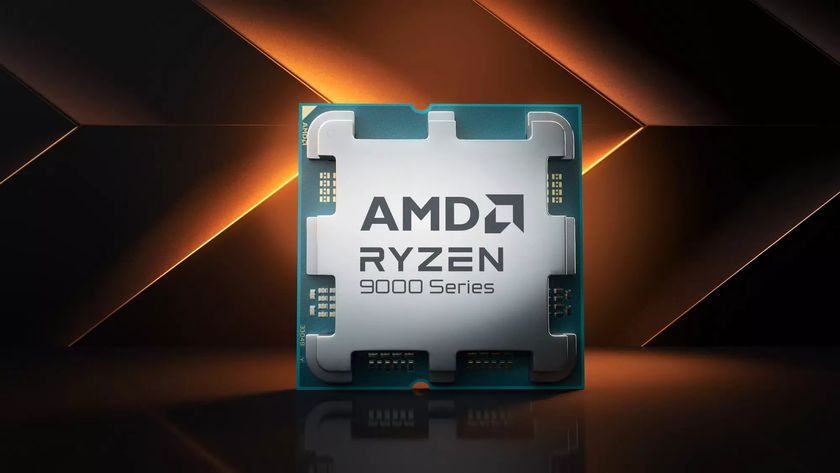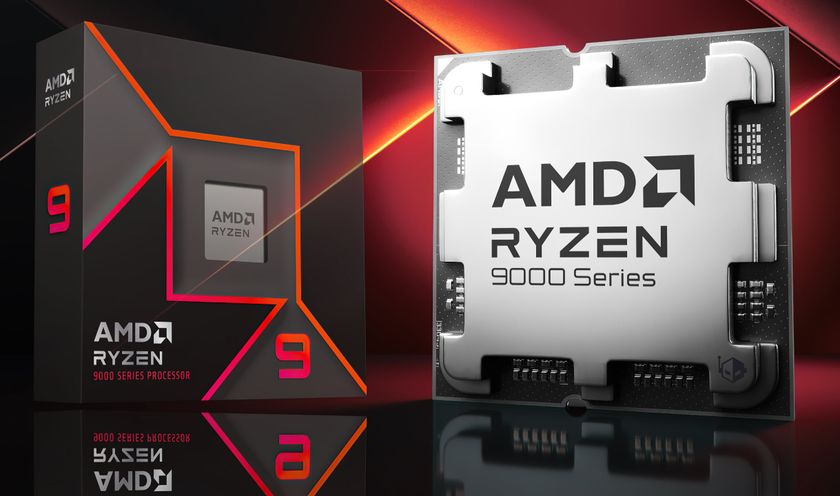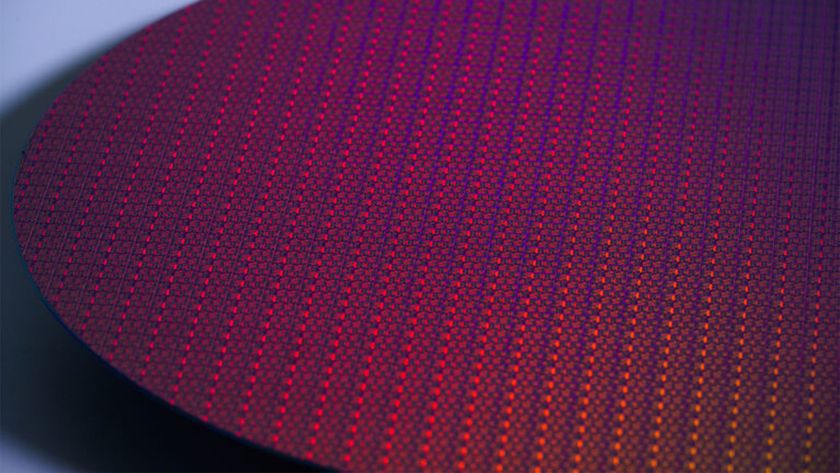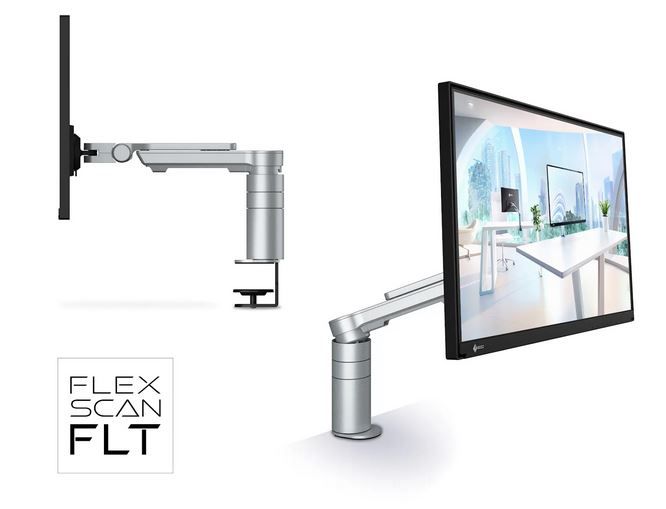AMD hits new CPU heights – it hasn’t done this well against Intel since 2007
AMD achieved a new all-time high for laptop processors, too

AMD continues to forge ahead with CPU market share according to another set of stats, and its performance in the latest figures for Q3 2020 from Mercury Research is the best the company has achieved in well over a decade – since the end of 2007, in fact.
The freshly revealed Mercury Research CPU market stats show that AMD now has an overall x86 CPU share of 22.4% (meaning the whole market: desktop PCs, notebooks and servers).
- AMD vs Intel: Which chipmaker does processors better?
- These are the best gaming laptops
- We’ll tell you how to overclock your CPU
That’s up strongly 6.3% year-on-year, and represents a major leap of 4.1% since the last quarter. As mentioned, it’s the best result AMD has seen in 13 years – and of course this is before the new Ryzen 5000 processors have even come out to doubtless widen the gap even further with Intel in terms of desktop chips.
AMD’s desktop x86 share reached 20.1% which was up 2.1% year-on-year, and 0.9% compared to the previous quarter – the best result Mercury has observed since Q4 2013.
Laptop x86 share saw AMD hit 20.2%, up a huge 5.5% year-on-year and a new all-time high for the company – notebook share has certainly witnessed strong growth throughout this year.
Ryzen mobile chips are clearly a strong proposition, and that’s going to be even more worrying for Intel than what has happened on the desktop in recent times. That said, AMD’s laptop gains have been ebbing throughout 2020, and it was only up 0.3% compared to the last quarter (dropping from a 2.9% gain in Q2). So Intel is at least fighting back and managing damage control for the moment on the notebook front, it would seem.
As for client x86 CPUs (excluding Internet of Things), that reached the same level as laptops at 20.2%, representing a 4.3% increase year-on-year (0.5% quarter-on-quarter) and the best result since 2011.
Get daily insight, inspiration and deals in your inbox
Sign up for breaking news, reviews, opinion, top tech deals, and more.
High-end achievers
AMD is apparently making big strides at the high-end of the desktop market, which won’t really be a great surprise to those who have been watching the Ryzen versus Intel Core battle.
As Tom’s Hardware reports, Dean McCarron of Mercury Research observed: “A bit more than 60% of AMD’s increased desktop shipments came from what I’d consider high-end (e.g. not dual-core or APU units, so Matisse and a tiny bit of Pinnacle Ridge cores that remain).
“I’d say 100% of the gain came from the high-end for them, because Intel’s high-end was flat and AMD’s high-end grew, while Intel’s entry-level business outgrew AMD’s. Intel’s i3/Pentium/Celeron grew very strongly and if you limited the share to just entry-level, Intel would have gained in the third quarter.”
At any rate, this is clearly a stellar performance from AMD, although Intel isn’t without potential answers to stop its rival’s progress. As we noted above, Intel does seem to be stemming losses in the notebook arena somewhat, and new Tiger Lake mobile silicon is just coming onto the scene for laptops (with Xe integrated graphics – and synergy with the new Intel Iris Xe Max discrete GPUs).
There are also some promising noises being made concerning Rocket Lake, Intel’s next-gen desktop processors. If early leaks are anything to go by, Rocket Lake could be a considerable step up, particularly for gamers – the main issue being that it’s not going to arrive for a while yet. Rocket Lake 11th-gen chips should launch early in 2021, but Intel certainly can’t afford any delays like it experienced with Comet Lake CPUs earlier this year.
- These are the best graphics cards
Darren is a freelancer writing news and features for TechRadar (and occasionally T3) across a broad range of computing topics including CPUs, GPUs, various other hardware, VPNs, antivirus and more. He has written about tech for the best part of three decades, and writes books in his spare time (his debut novel - 'I Know What You Did Last Supper' - was published by Hachette UK in 2013).


















